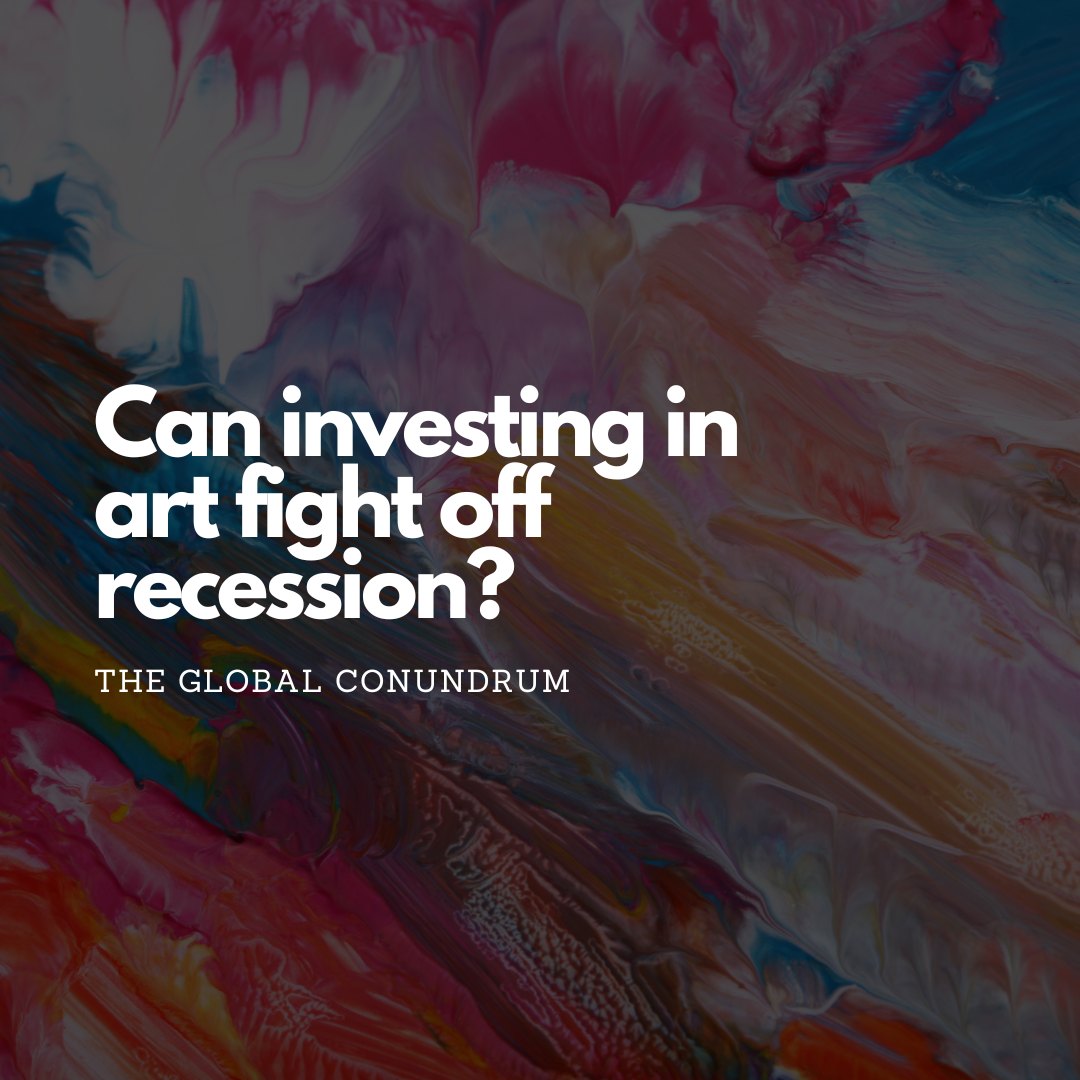
Is Art investing recession proof?
Share
- According to a study by the Bank of America, art has outperformed other asset classes in the long term. From 1900 to 2018, art had an average annual return of 7.5%, while stocks had an average annual return of 6.8% and bonds had an average annual return of 3.6%.
-
A report by the Deloitte Art and Finance group found that the art market has experienced steady growth in recent years. From 2004 to 2018, the global art market saw an average annual growth rate of 7%.
-
The art market has also shown a strong ability to recover from economic downturns. According to a report by the European Fine Art Foundation, the art market saw a rapid recovery after the 2008 financial crisis, with the global art market returning to pre-recession levels within three years.
-
Art can also be a diversifier for an investment portfolio. According to a study by the Journal of Financial Economics, adding art to a portfolio can help to reduce overall portfolio risk.
-
Art has also been found to have a low correlation with other asset classes, meaning that it does not tend to move in the same direction as other assets. This can make it a good option for investors looking to diversify their portfolio.
Art has long been considered a recession-proof investment. In times of economic downturn, investors often turn to tangible assets like art and collectibles as a way to protect their wealth. While the art market does experience fluctuations and is not immune to economic downturns, it has shown a strong track record of resilience in the face of recession.
There are a few reasons why art may be considered a recession-proof investment. Firstly, art is a finite resource. There will only ever be a certain number of works by a particular artist, making it a scarce asset. This scarcity can drive up the price of art, particularly for works by highly sought-after artists.
Secondly, the art market is relatively insulated from the ups and downs of the global economy. Art collectors are often wealthy individuals who are less affected by economic downturns, and so they may continue to buy art even when the economy is struggling. This helps to support the market and can lead to price stability.
However, it is important to note that the art market is not immune to economic downturns. While the market may be less affected than other markets, it is still subject to fluctuations. In times of economic recession, art prices may decline or the market may become less active. It is also important to note that art is not a liquid asset, meaning it can be difficult to sell quickly if you need to access cash.
Despite these challenges, there is evidence that art can be a recession-proof investment. A study by art market research firm ArtTactic found that the art market has historically outperformed the S&P 500 during recessions. In the 2001 and 2008 recessions, the art market saw only a slight decline in value, while the S&P 500 experienced significant drops.
In addition to its relative stability during economic downturns, the art market has also shown strong returns over the long term. According to data from the Mei Moses Art Index, the average annual return for art investments over the past 40 years has been around 9%. This is similar to the long-term returns of the stock market, but with less volatility.
There are several categories of art investments that potential investors may consider. Some common categories of art investments include:
-
Fine art: This category includes paintings, sculptures, and other works of art created by trained artists. Fine art can be further divided into subcategories such as contemporary art, modern art, and traditional art.
-
Photography: This category includes prints and original photographs taken by professional photographers.
-
Prints: This category includes lithographs, etchings, and other printed reproductions of original works of art.
-
Collectibles: This category includes a wide range of items that are collected for their rarity or historical significance, such as stamps, coins, and sports memorabilia.
-
Antiques: This category includes items that are at least 100 years old and are considered to have historical or cultural value.
Factors to consider may include the artist's track record, the condition of the work, and the overall state of the art market.
Overall, while the art market is not immune to economic downturns, it has shown a strong track record of resilience and has the potential to be a recession-proof investment. It is important for investors to carefully research and consider their options before making any investment decisions.
Disclaimer : While this information suggests that art can be a worthwhile investment, it is important to remember that the art market is not immune to fluctuations and there are risks involved with any investment. Potential investors should carefully consider their options and consult with a financial professional before making any investment decisions.
